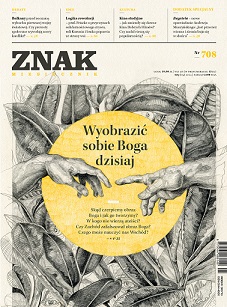
The images of God. A debate
Debata "Znaku". Obrazy Boga
Keywords: God; Bóg; Bartłomiej Dobroczyński; Krzysztof Mech; Janusz Poniewierski; Justyna Siemienowicz; Piotr Sikora; Karol Tarnowski
More...
Keywords: God; Bóg; Bartłomiej Dobroczyński; Krzysztof Mech; Janusz Poniewierski; Justyna Siemienowicz; Piotr Sikora; Karol Tarnowski
More...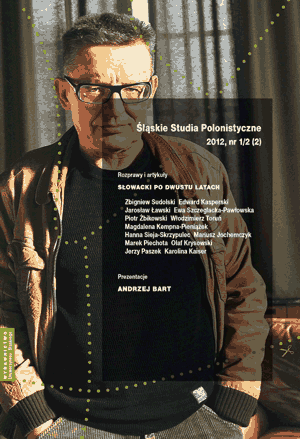
When the historian of the Polish literature thinks of Romanticists’ tears, he momentarily remembers a „tear-poem” by Adam Mickiewicz , five verses on an incipit Polały się łzy me czyste, rzęsiste…, around which an extremely rich literature of the subject has been created. Yet, Słowacki has his own poem which should impose itself in this context and require interpretation. This is a lyrical miniature, an elusive fragment on the disillusion of words: Bo to jest wieszcza najjaśniejsza chwała… (the very poem has been interpreted only once within the studies conducted). On a closer look, it appears that the motif of tears is frequent in Słowacki’s works as he did not leave tears in his real biography be it at home or in his books for children and youth. A full realization of the project on Słowacki’s tears would make a thick book, while in this article just a reconnaissance.
More...![Wędrówka Gabriela [Travels of Gabriel]. The Ambivalent Cult of St Gabriel in the Hajnówka Podlasie Region from the Viewpoint of Visual Anthropology. E](/api/image/getissuecoverimage?id=picture_2009_20170.jpg)
The article points out the aspect of ambivalence in the cult of the Orthodox Youth’s Patron, portrayed in the newest production titled Wędrówka Gabriela [Gabriel’s Wandering], created by the members of the Ethnographic Archive. The relics of Gabriel—a saint considered by the Polish Autocephalous Orthodox Church as one of the martyrs—have been “wandering” around the lands of Bialystok and Belarus since the 17th century. The construction of an Orthodox church dedicated to the holy martyr in a town called Zwierki, the cult’s birthplace, announced the end of the pilgrimage. The elements forming the story of Gabriel’s suffering and death have been constantly relocated, reshuffled and replaced. The locals remember a murderous sect of Jews killing “for the blood”; at other times the Jews transform themselves into “evil men” using sophisticated instruments of torture such as barrels spiked with nails. The article refers to the ambiguity recorded in the statements of the congregation, the play of mythemes, as well as to the visual presentation of the martyr’s May commemoration. The aspect of the unprivileged director’s position, weakening—though not completely abolishing—the system of power introduced by the use of camera, is also raised in the article.
More...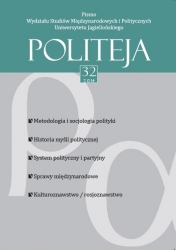
Keywords: history of women; the women’s movement; emancipation; Russia; national awareness
This article analyzes the characteristics of women’s movement in Russia which started in the second half of the 19th century. The author researches the background of women’s public activities like – charities, education, help for poor and work in the area of placement, and their directions towards not only the fight for equal rights for men and women but also the possibilities of education and financial self reliance. He describes their goals as well as peculiarities. The article also shows the historical outline, starting from single activities at the end of 19th century until the beginning of the 20th century, and the common actions of collective associations and organizations. It presents as well the causes of the uprising of the emancipation movement in Russia. Author analyzes the social activity of women’s emancipation movements, as well as institutions which resulted in social and political changes in Russia. The article shows also that women’s emancipation movements had a huge impact in the mentality of Russian society.
More...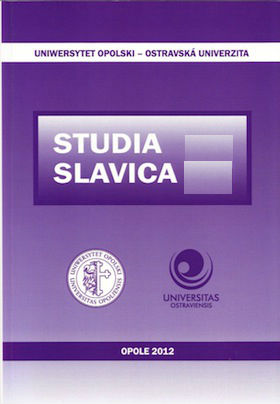
Keywords: discourse analysis; epistolography; theory of letter; discourse dimensions; context
A discourse can be variously defined. It is also used by different areas of science. A discourse analysis allows realizing not only what is directly given in the text, but also what has had an influence upon its creation. Therefore, the theory of discourse, where the main foundation is its three-dimensionality (cognitive dimension, expresive dimension and interactive dimension), discourse subjects and context, can be used as a method of epistolography research. An analysis of Agnieszka Osiecka’s and Jeremy Przybora’s correspondence from the position of a discourse’s investigator will allow acknowledging any intertextual links, as well as those that arise from the context or the interaction: the relationship between subjects, their experience related to their private life, work, life experience, along with the surrounding reality while writing letters – travel, social meetings, attempts to define the relationship and its development.
More...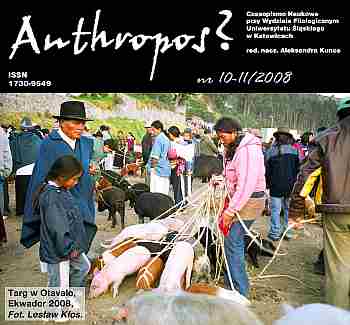
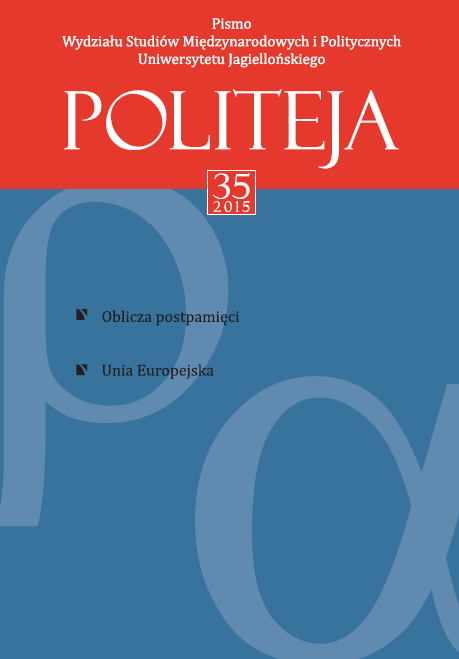
Keywords: totalitarian regime; terror; trauma; memory; house; Moscow
The huge constructivist apartment house built in the 1930s in downtownMoscow, on the bank of the Moskva river, owes its present -day name to YuryTrifonov’s novel The House on the Embankment (1976). Being an example ofarchitecture typical of the Stalinist regime and a symbol of the regime’s triumphand dominance over man, the house functions as a very special character inTrifonov’s novel. It represents both individual and collective memory, shows thedestructive influence of history and politics on the life of an individual and thewhole nation. The House on the Embankment, related to the archetypal imageof house, which is traditionally perceived as a space of love, safety and family ties,emerges in Trifonov’s novel as an anti -house, a dehumanizing space in which theintergenerational relations are destroyed and which signifies man’s submission toand fear of authorities.
More...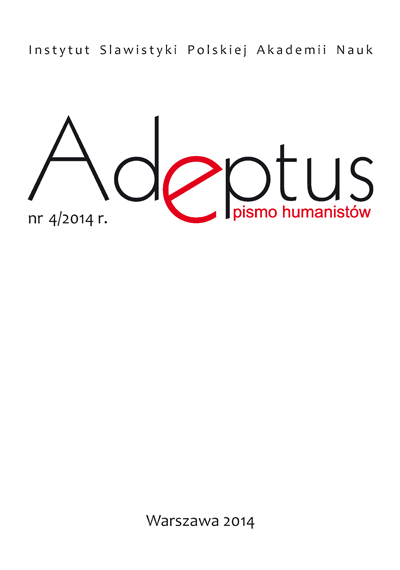
Keywords: realms of memory; Polish national minority; Bosnia and Herzegovina
This article presents the transformation in Bosnia and Herzegovina which began after the war during the years 1991–1995. The most important objective was the liberation and emancipa¬tion of the forgotten memory of minorities. These processes are also expressed in relation to the Polish minority which came into existence in the territories of Bosnia and Herzegovina in the late nineteenth and early twentieth century with the government takeover by Austria- Hungary and the announcement of the program of colonization. The changes described were significantly apparent in the reconstruction of Polish realms of memory: Polish shrines in Celinovac, Polish church in Cerovljani, Polish cemeteries: in Devetina and Novi Martinac and also in the Yugoslav-Polish partisan cemetery in Srbac. Of interest, the ‘time of memory’ which took place involved all social actors: the government of the Republic of Srpska and the municipalities of Srbac and Nowogrodziec, the Embassy of the Polish Republic in Sarajevo, representatives of local communities - Serbs and the Polish minority from Ćelinovac.
More...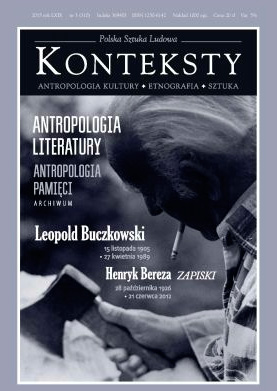
Keywords: Leopold Buczkowski;literature;anthropology
What place does Leopold Buczkowski hold in Polish twentieth-century literature? The author of the article formulated a thesis claiming that we are dealing with a writer who was part of Polish Modernism. Issues perturbing Buczkowski are of an epistemological nature and pertain to the possibility of becoming acquainted with reality, subjectivity, communication, and presentation. According to the author of Kąpiele w Lucca each of those questions finds itself in a state of a permanent crisis caused by the impact of arché, which determines reality.
More...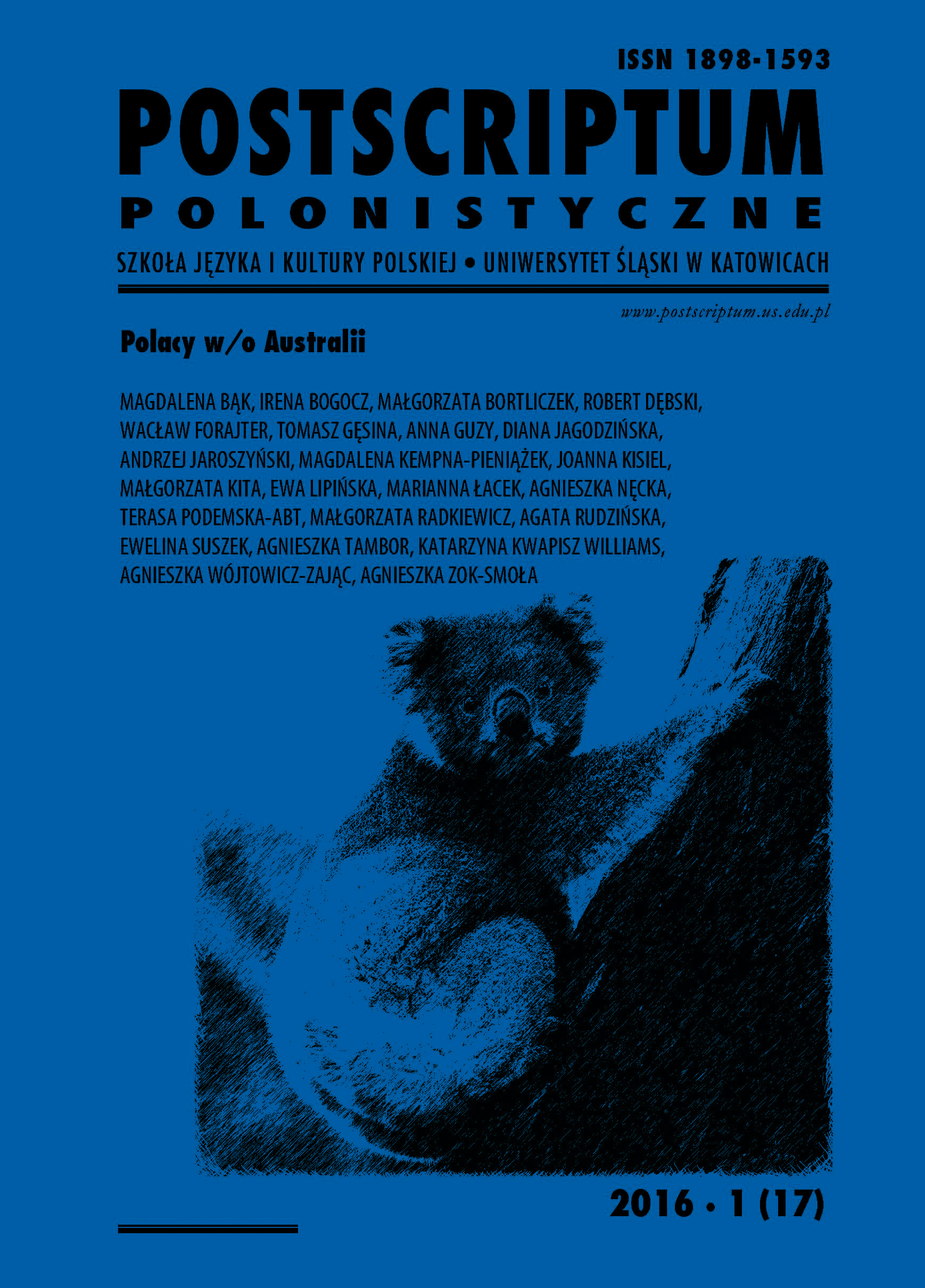
Keywords: Ania Walwicz; Australian poetry; Australia; Poland
This is a presentation of the prose poetry of Ania Walwicz, one of Australia’s best-known experimental writers and performers but unknown in Poland. Her two pieces: “Australia” and “Poland” are given special attention to show some of the fundamental features of her poems, i.e. loss of identity and transgressive forms of her language. A short recollection of the author’s encounter with the poet in 2012 is included as well.
More...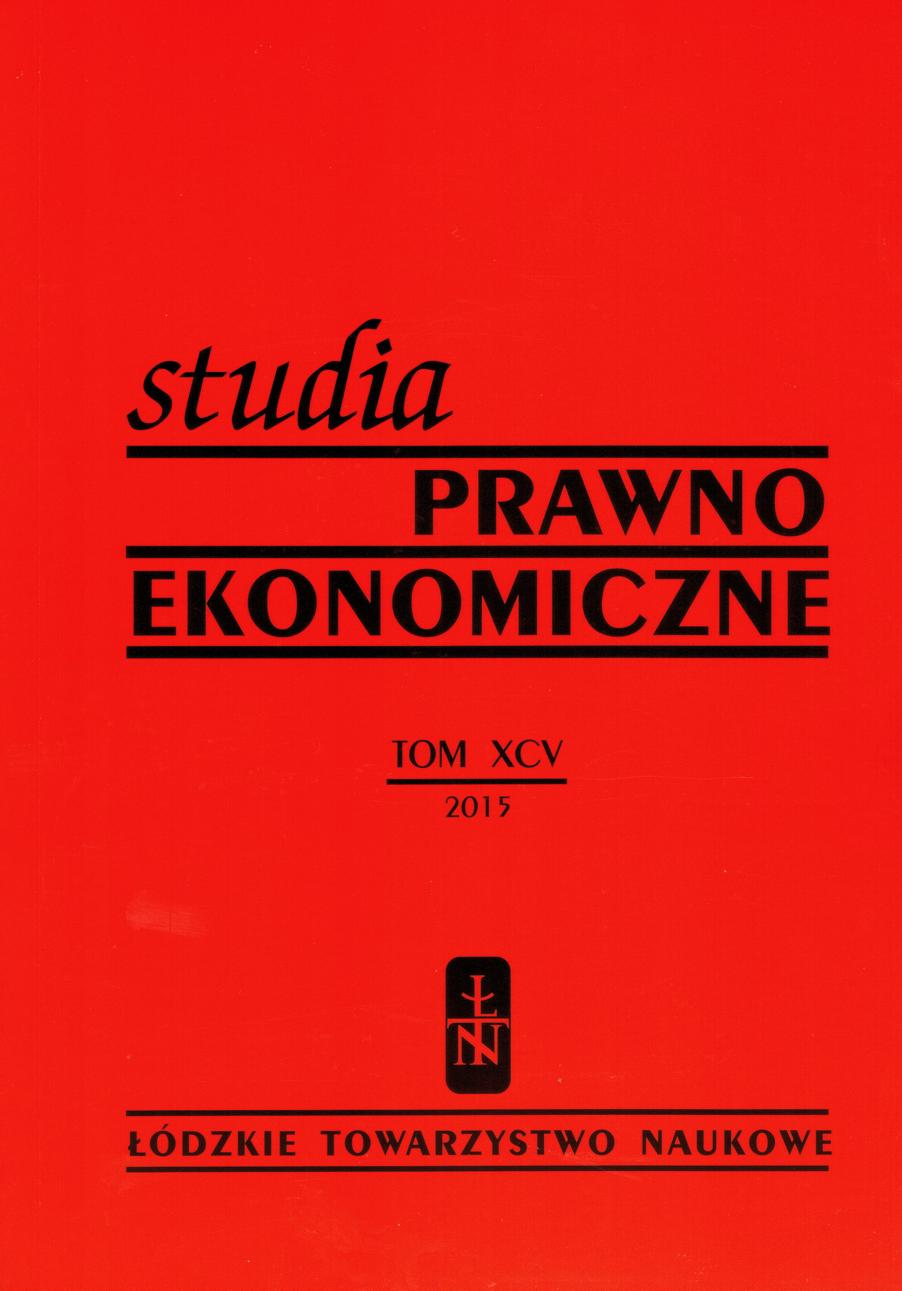
Keywords: the dowry of Queen; prenuptial agreement; the Queen’s wedding contract; the legal position of the Queen
The Ludwika Maria matrimony with Władysław IV Waza took the princess out for the peak of the social hierarchy. The amount of the dowry was 2 100 000 livres. The king of Poland obtained 600 000 liwrów from this amount. The remaining amount was at the disposal of Louise Marie. The Queen was to receive from the Republic of Poland the housing of a dowry. The Queen has retained the right to property in France and in the Polish-Lithuanian Commonwealth.
More...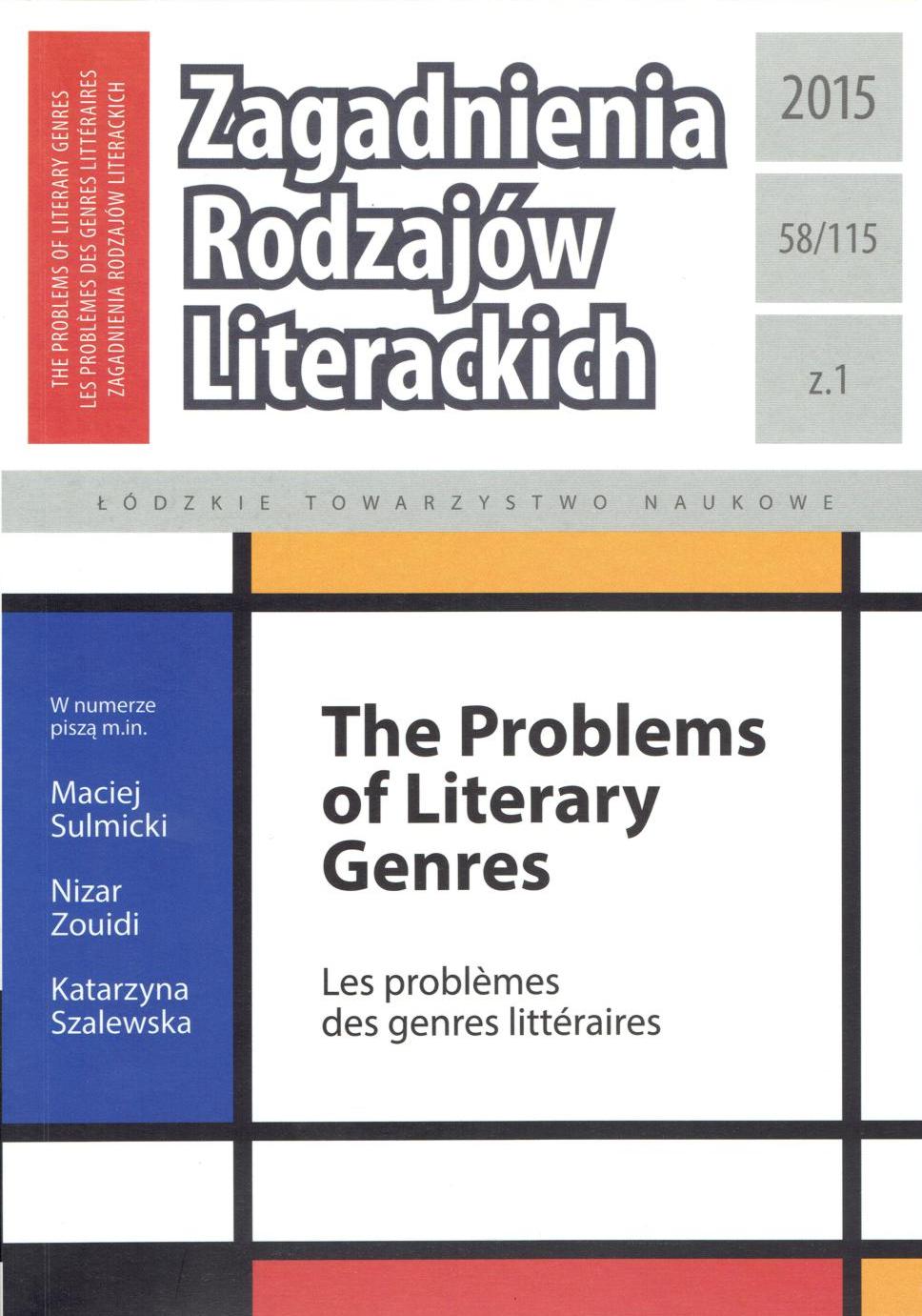
Keywords: Karol Irzykowski; aphorism; maxim; literary critic; intertextuality
The article discusses Karol Irzykowski as an aphorist, focusing on the discord between the critic’s intensive practice of the aphorism and his scathing condemnation of the form of the aphorism, which in his opinion was an instance of simplified, apodictic thinking. The aim of the article is to attempt to explain what justifies the frequent use of the aphorism by a writer who did not appreciate this device; what shape Irzykowski’s aphorisms took against the background of the tradition of the genre; and, finally, what is their function in his writing and what they prove. Irzykowski’s skeptical attitude to this form of statement stems from his epistemological beliefs and provides both a basis for his modifications of the genre and the keystone of cycles of intertextually related aphorisms which the present author has identified in dispersed yet thematically connected pieces by this critic.
More...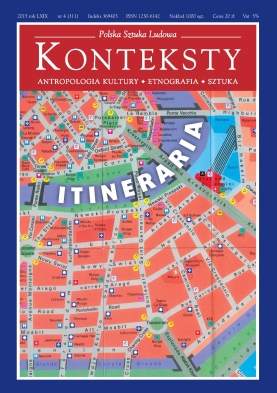
Keywords: itineraries; literature; Miron Białoszewski
This text proposes an analysis of the art of walking conceived in the prose of Miron Białoszewski as a carrier of literary meanings. By extracting the functions of walking as a cultural activity A. Karpowicz embarked upon a reconstruction of the conception of space and the methods of becoming acquainted with it in Białoszewski’s oeuvre. In doing so, he came across their concurrence with anthropological conceptions of space and methods of studying urban space, focused on the practices of walking (the anthropology of daily life according to Roch Sulima, the visual ethnography of Sarah Pink, and the integral and creativity-oriented approach represented by Tim Ingold). This interpretation made it possible to indicate the superior importance of the practice of walking – the creation of a continuum - in writings by Białoszewski.
More...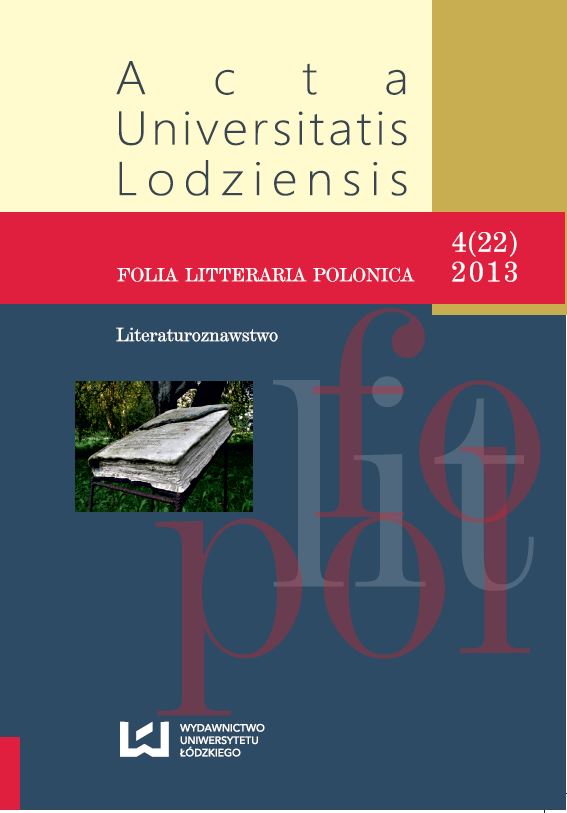
Keywords: Franz Kafka; “dark literature”; censorship
The article discusses the reception of Franz Kafka’s novels and the so-called “dark literature”, popular after 1956, by the censorship board. It presents the discussions around Kafka’s work and various interpretational strategies used to secure this literature a place in the culture of People’s Republic of Poland. The article presents analyses of the censors’ reviews of Kafka’s (but also Sartre’s or Faulkner’s) novels and offers insight into the censorship process and the literary life of the late 1950s in general.
More...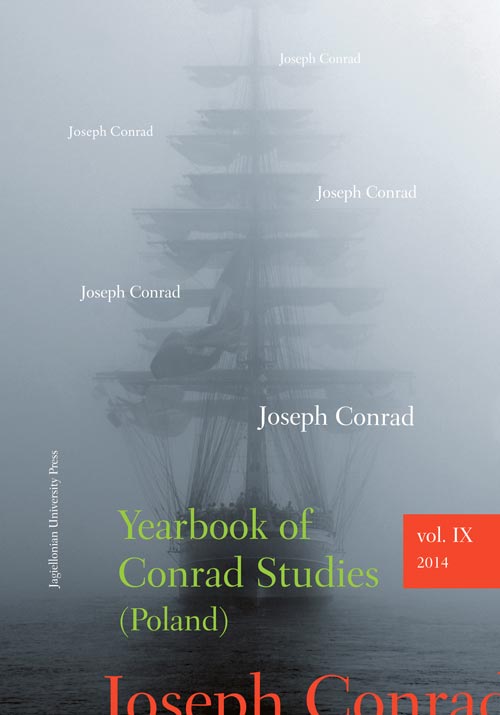
Keywords: Joseph Conrad; Alexander Fredro; feat of memory; feat of testimony; the comic; the tragic; existentialism; narration; symbolizations of narration; Trzy po trzy; Youth;Heart of Darkness;
The similarities between the works of Alexander Fredro and Joseph Conrad beg the question of the extent to which a comparative interpretation can be made. However, before this question can be answered, we must first redefine the concept of the comic for the purpose of making such a comparison. The aim of this article is to show both authors in a new light as (unwitting?) deconstructors of the traditional concept of the comic (which for Fredro was still associated with that of Molière) and as creators of a new, existential concept of the comic that is tied up with human existence and that can be understood as being heightened by the tragic. An excellent example of this is provided by Fredro’s memoirs of the Napoleonic campaign entitled Trzy po trzy (Tittle-Tattle), which – thanks to the testimony of Aniela Zagórska – we know Conrad read in 1922. The manner of Fredro’s narration – which he himself likens to playing with a shuttlecock – in time proves to be that of a particular literary commemoration, i.e. bearing witness. Identified thus as a component of human existence, the comic serves to provide an escape from the “trauma of death”. A similar evolution can be traced in the style of Marlow’s narration in Conrad’s Youth and Heart of Darkness. Like the narrator of Fredro’s memoirs, Marlow makes the transition from “feat” to “testimony”.
More...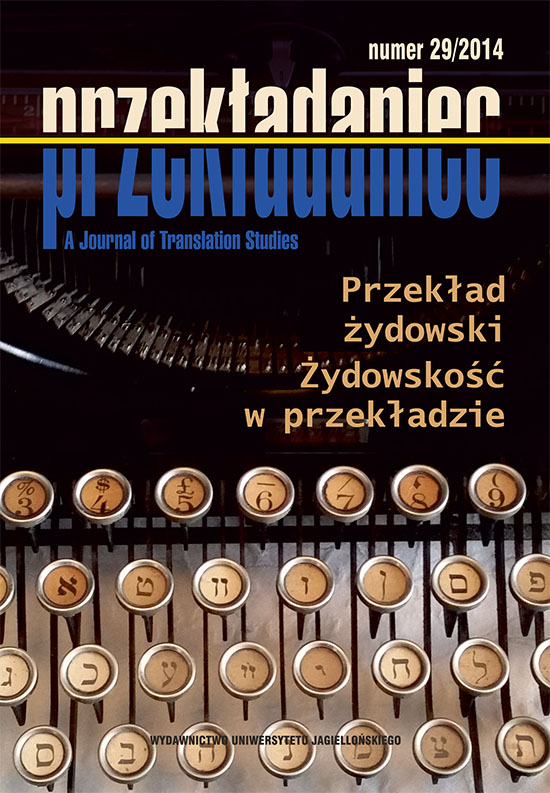
Keywords: Poznań School; Balcerzan; Barańczak; Kraskowska; Popovič; Translation Studies; Polish translation theory
This article examines the place of Polish literary translation theory within the international context of translation studies. It starts with an overview of Polish translation thought as presented in the 2013 first Polish anthology Polska myśl przekładoznawcza edited by Piotr de Bończa Bukowski and Magda Heydel. Moreover, the article tests the significance of the Poznań School for international research on literary translation. In doing so, it also suggests that Anton Popovič’s works on translation could be analysed in terms of a common link between the Polish and more international tradition of Translation Studies.
More...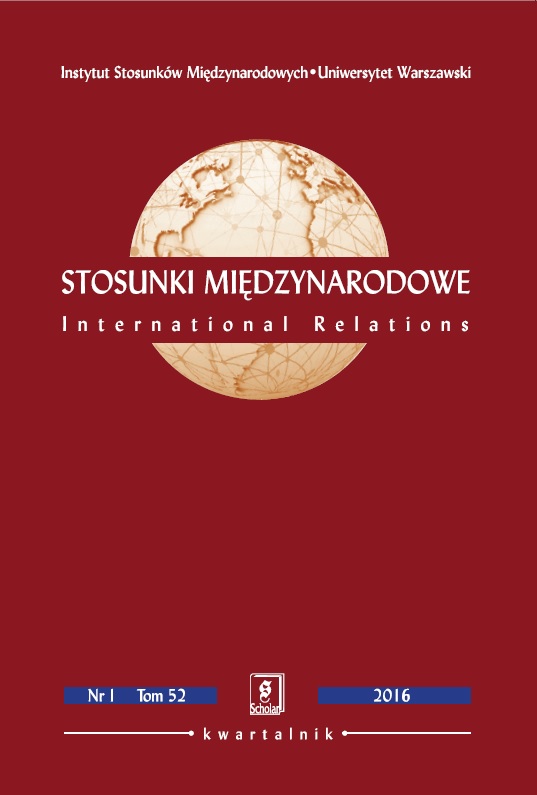
Keywords: ethnographic method; cultural anthropology; international relations; fieldwork; disciplinary identity; thought style; thought collective
The article presents the possibilities of employing the ethnographic method inthe research of international relations. It outlines the characteristics and status ofthe ethnographic method within cultural anthropology itself as well as selectedresearch areas and subjects analysed by researchers of international relations usingthis method. It points out the potential traps and challenges facing researchers ofinternational relations wishing to use the ethnographic method in the context of the conceptual framework created by Ludwik Fleck, namely thought styles and thoughtcollectives. It raises the issue of disciplinary identity of international relations andconfronts it with the employed methods of international relations studies.
More...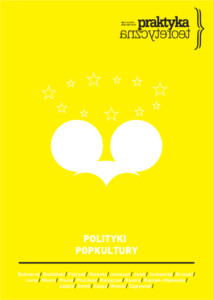
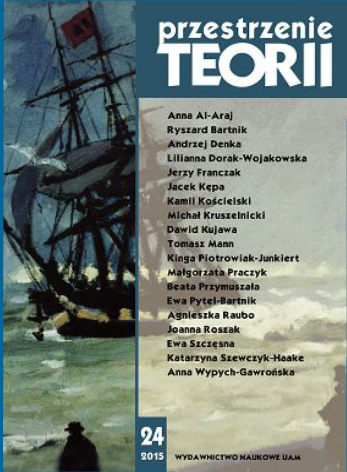
Keywords: Piotr Dumała; Franz Kafka
Directed by Piotr Dumala, Franz Kafka is a very unusual example of a biographical movie. The film is composed of carefully thought-out poetic images which, according to the director himself, reflect the “psychic landscape” of the title character. Thus scenes inspired by Kafka's life and his Diaries intertwine with episodes that refer to his literary works. Dumala shows deep understand- ing of the writer’s characteristic way of depicting reality and the unusual perspective of narration indicates his thorough knowledge of Kafka’s works. Dumala draws on this heritage and creates an emotional portrait of the writer, while at the same time providing a universal reflection on the human condition.
More...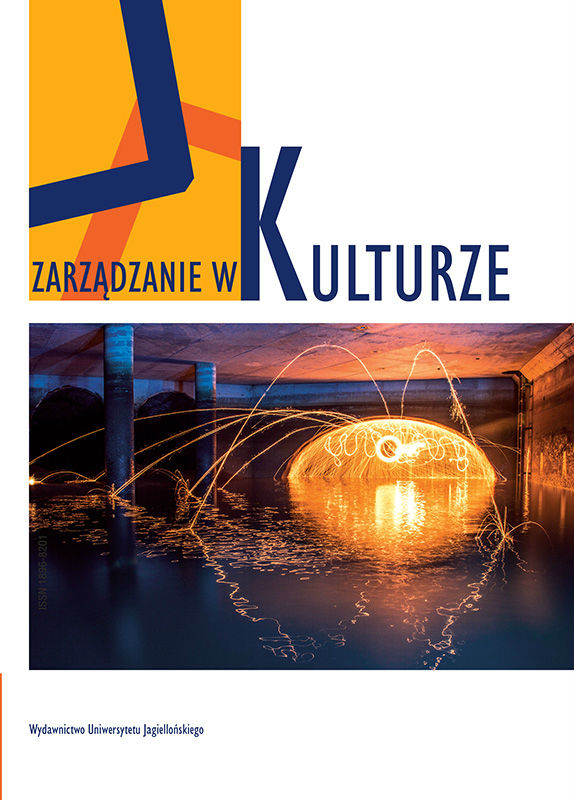
Keywords: muzea martyrologiczne; marketing; marketing w kulturze; reklama; upamiętnienie; polskie instytucje kultury; Państwowe Muzeum Auschwitz-Birkenau; Państwowe Muzeum na Majdanku; Muzeum Stutthof w Sztutow
Martyrological museums form a specific group within Polish historical museums. These museums not only collect historical artefacts specific for them but also deal with important and hard to understand matters of human beings, such as death, genocide, Holocaust, and the dark part of human nature. This article presents aspects of these difficult matters and their influence on the marketing activities of these institutions. For this purpose, the condition of Polish museums with emphasis on martyrological museums is described, as well as the history of Polish museology before, during and after World War II. The article presents the technical and ideological development of martyrological museums, with regard to the relevant legislation. It shows the difficult situation of Polish museums after WWII and its great influence on Polish culture and civilisation. Taking into account the present-day development of technology and the needs of modern society, it describes the most popular forms of marketing in cultural institutions. On this basis, the marketing strategies of martyrological museums are analysed. The analysis shows that the life and emotional testimonies of former victims and torturers make these marketing forms inappropriate and – in fact – useless. A solution could be to present these difficult issues through art, both in traditional forms, e.g. by presenting drawings made in camps by former victims, and in modern ways, such as movies or comics.
More...